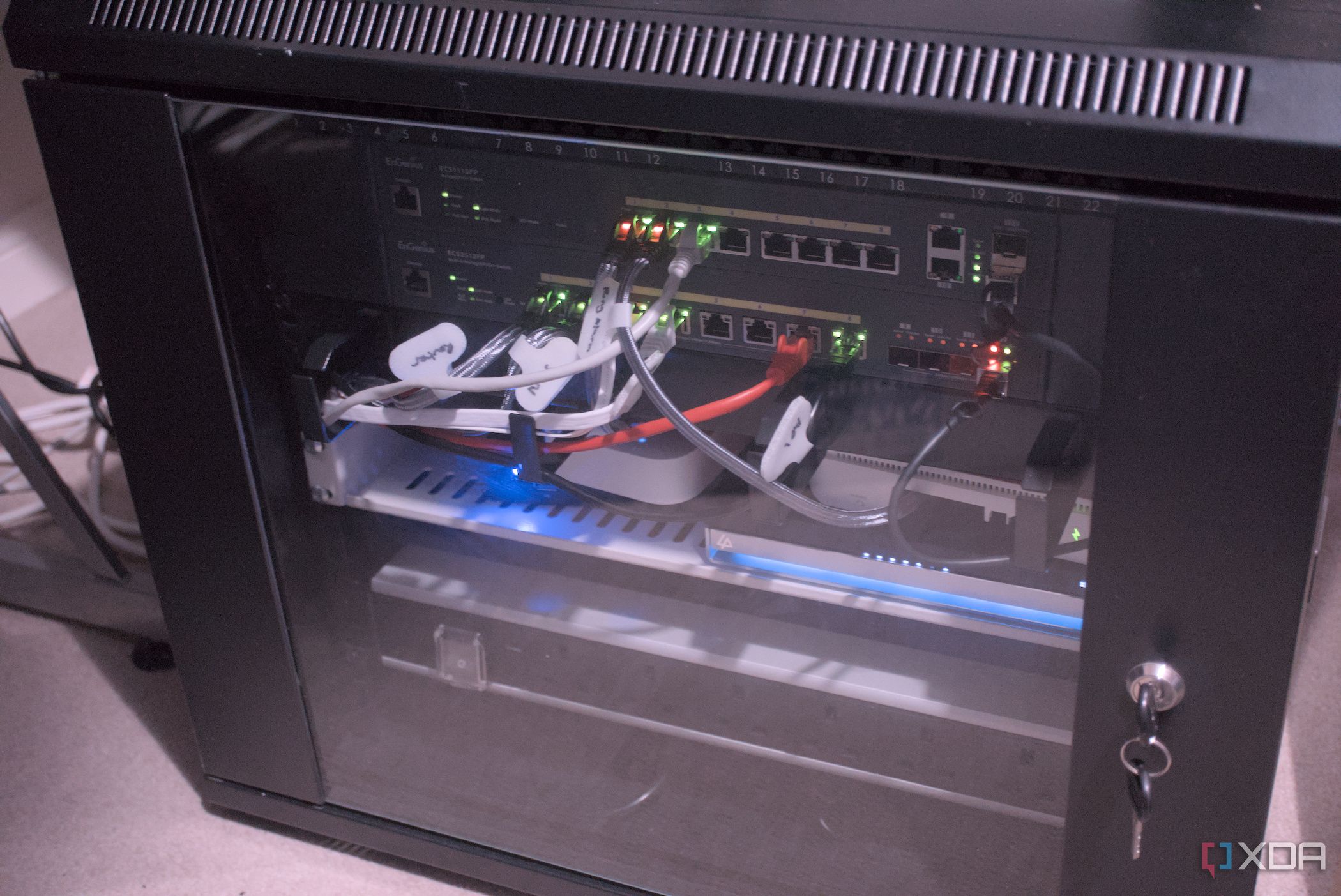Networking
Recent Articles
Sort Options:

Spinning the web of mutualistic technologies
An emerging network of mutualistic technologies is set to enhance commercial opportunities, fostering collaboration and innovation across various sectors. This development promises to drive significant advancements and create new avenues for growth in the business landscape.
Radio Hobbyists, Rejoice! Good News for LoRa & Mesh
Innovative radio technologies, including LoRa and mesh networking, are transforming communication by promoting decentralized, resilient networks. These advancements empower users against censorship and enhance collaboration, particularly benefiting search and rescue operations and fostering community-driven solutions in uncertain times.

Presentation: One Network: Cloud-Agnostic Service and Policy-Oriented Network Architecture
Anna Berenberg discusses One Network, Google's innovative service networking overlay that centralizes policy and streamlines operations. The article highlights its open-source foundation, global traffic management capabilities, and future vision for multi-cloud and mobile integration, enhancing developer efficiency.

Some networking myths that should be relegated to history
The article explores the evolution of local area networks (LAN) and their role in shaping the Internet. It also addresses persistent myths about networking, emphasizing the importance of understanding modern home lab setups and advanced equipment.

Enterprise LAN sector rebounding
The local area network market is stabilizing after recent volatility, driven by the adoption of Wi-Fi standards from industry leaders like Cisco, HPE Aruba, Ubiquiti, Huawei, and Juniper Networks, according to recent analysis.

CoffeeChat Bot
Automated networking events are transforming Discord communities, offering streamlined ways for members to connect and engage. The publication explores innovative strategies to enhance interaction and foster relationships within these vibrant online spaces.

Time-Sensitive Networking: Empowering Real-Time Communication at the Edge
Time-Sensitive Networking (TSN) is revolutionizing real-time communication across industries by ensuring reliable, low-latency data transmission. As edge computing grows, TSN's role in enhancing system responsiveness and efficiency becomes increasingly vital for mission-critical applications.
![[$] Two sessions on faster networking](/assets/img/article-default.jpg)
[$] Two sessions on faster networking
At the 2025 Linux Summit, Cong Wang and Daniel Borkmann presented strategies to enhance networking efficiency in the Linux kernel. Wang focused on optimizing socket operations with BPF, while Borkmann targeted reducing networking overhead in virtual machines.